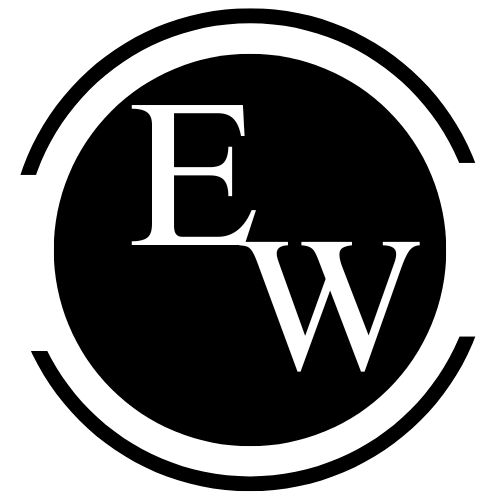1. Introduction to Microeconomics & Some Basic Concepts
Definition of Microeconomics
Importance and scope of Microeconomics
Difference between Microeconomics and Macroeconomics
Scarcity: The limited nature of resources compared to unlimited wants.
Opportunity Cost: The cost of the next best alternative foregone when making a choice.
2. Consumer Behavior : Cardinal and Ordinal Utility Analysis
Cardinal Utility Analysis :
Utility: Satisfaction derived from consuming goods and services.
Marginal Utility: Additional satisfaction from consuming one more unit.
Law of Diminishing Marginal Utility: As consumption increases, the additional satisfaction decreases.
Consumer Equilibrium: The point where a consumer maximizes utility given their budget constraint.
- Single Commodity Case
- Two Commodity Case
Ordinal Utility Analysis :
- Budget Line
- Budget set
- Indifference Curve Analysis
- Properties of Indifference Curve Analysis
- Consumer Equilibrium by IC-approach
3. Demand & Elasticity of Demand
Law of Demand: The inverse relationship between price and quantity demanded.
- Individual and Market demand
Shifts in Demand Curves: Factors causing shifts in demand (e.g., income, preferences) and supply (e.g., production costs).
- Elasticity & its types
- Price Elasticity of Demand: Measure of responsiveness of quantity demanded to a change in price.
Income Elasticity of Demand: Responsiveness of demand to changes in consumer income.
Cross Elasticity of Demand: Responsiveness of demand for one good to changes in the price of another good.
4. Supply & Elasticity of Supply
Law of Supply: The direct relationship between price and quantity supplied.
Shifts in Supply Curves: Factors causing shifts in demand (e.g., income, preferences) and supply (e.g., production costs).
Price Elasticity of Supply: Measure of responsiveness of quantity supplied to a change in price.
5. Production Functions & Producer’s Equilibrium
Factors of Production: Land, labor, capital, and entrepreneurship.
Production Function: Relationship between inputs used and the output produced.
Short-run vs. Long-run Production: Differences in cost structures and input flexibility.
- Producer’s Equilibrium:
- MR-MC Approach
- TR-TC Approach
6. Cost
- Difference between Implicit & Explicit cost.
7. Revenue
8. Market Structures
Perfect Competition: Characteristics, advantages, and disadvantages.
Monopoly: Definition, causes, and implications for pricing and output.
Monopolistic Competition: Features, product differentiation, and pricing power.
Oligopoly: Characteristics, interdependence among firms, and market outcomes.
